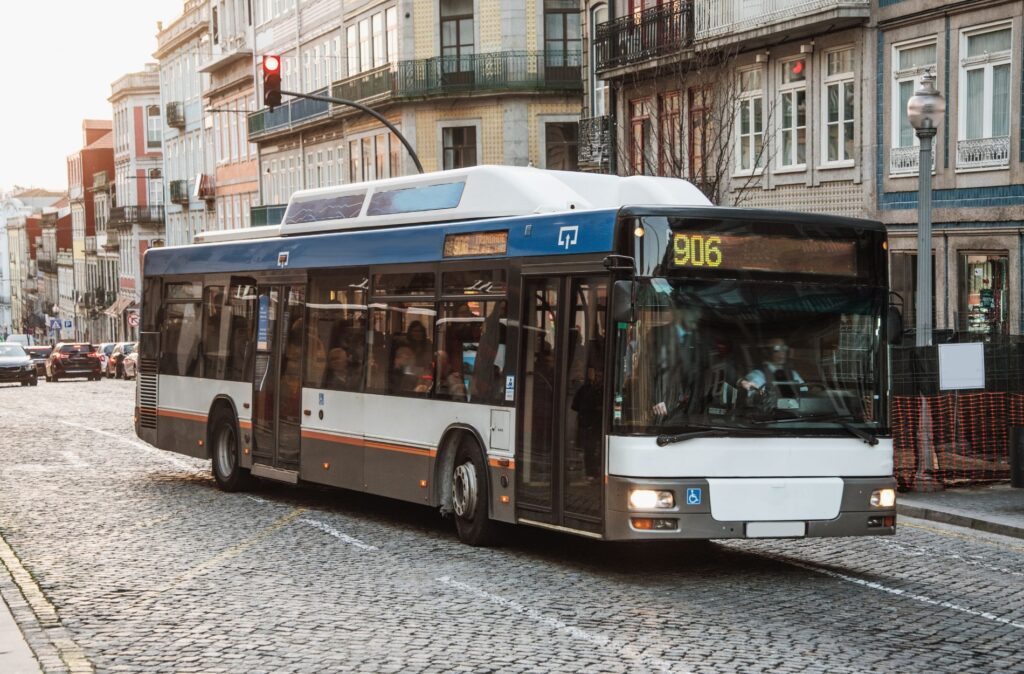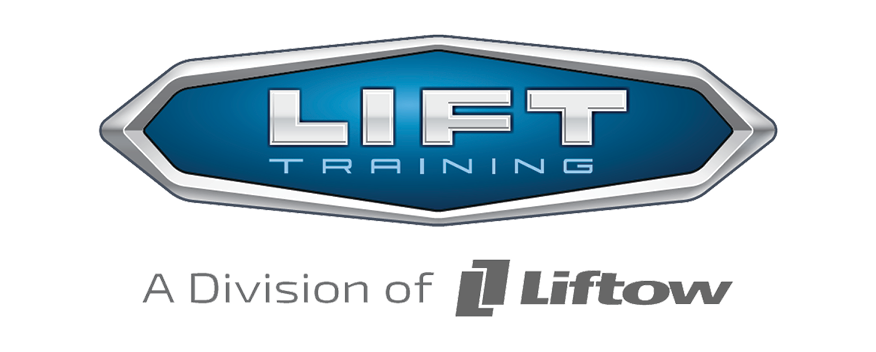
Ontario is well-known for its commitment to making transportation accessible to everyone, including those with disabilities. A key part of this effort is the AODA Transportation Standard. This standard sets out requirements for making transportation services more accessible and inclusive throughout the province. The goal is to eliminate barriers and ensure that everyone can travel safely and conveniently.
Understanding and meeting the requirements of the AODA Transportation Standard is a priority for businesses and organizations involved in transportation. It helps ensure compliance with the law and improves the quality of service provided to customers. By following this standard, businesses not only avoid legal issues but also create a more welcoming environment, which is always a good thing.
What Is the AODA Transportation Standard?
The AODA, or Accessibility for Ontarians with Disabilities Act, is designed to break down barriers for people with disabilities. The Transportation Standard is one element of this act. It aims to make transport services open and usable for everyone, focusing on key aspects like public transit, taxis, and personal transportation services.
The objectives of the AODA Transportation Standard are quite simple. Firstly, it ensures that vehicles are equipped to accommodate people with different types of disabilities. This can mean having features like ramps or space for mobility aids. Secondly, it involves creating policies to make sure services are delivered equitably and that staff are well-trained to assist passengers appropriately. Businesses and organizations are required to develop training programs for their employees to foster an understanding of accessibility needs.
Here’s an example to illustrate the point. Imagine a person who uses a wheelchair needing to catch a taxi to an urgent appointment. If the taxi service follows the AODA standards, it will have accessible vehicles ready, trained drivers who know how to assist, and the necessary policies to make the process smooth and inclusive. This setup can significantly ease the lives of those relying on public and private transport services.
Understanding these requirements might seem challenging at first, but with a little bit of effort and commitment, businesses can meet these standards effectively. It all starts with knowing what’s required and taking the necessary steps in that direction. In the next sections, we’ll cover these requirements and how to achieve compliance seamlessly.
Key Requirements Of The AODA Transportation Standard
Understanding the requirements of the AODA Transportation Standard can make a world of difference in ensuring accessibility for all passengers. The standard focuses on making sure transport vehicles are not just safe but also accessible. First, it requires that all vehicles are equipped with necessary features like ramps, lifts, and designated spaces for wheelchairs. These adjustments ensure that everyone, regardless of physical ability, can use public and private transportation.
In addition to vehicle modifications, policies play a major role. Businesses must create and implement service policies that outline how they will provide accessible transportation. This includes everything from fare collection methods suited for individuals with disabilities to accommodations for service animals. Moreover, the policies need to be communicated to all staff members and be easily accessible to the public.
Another requirement is training. Companies must ensure their drivers and staff are well-prepared to assist passengers with disabilities. This involves training programs that cover how to operate accessibility features on vehicles, proper communication with passengers who may have hearing or sight impairments, and even conflict resolution in challenging situations.
Steps To Achieve Compliance
Achieving compliance with the AODA Transportation Standard may seem like a big task, but it can be managed with a systematic approach. Here’s a simple step-by-step guide to help businesses align with the standard:
1. Assessment: Start by conducting a thorough assessment of current transportation offerings and accessibility features. Determine what changes are needed to meet the current standards.
2. Policy Development: Develop clear policies that define how your services will address and solve mobility issues faced by individuals with disabilities. Ensure these policies aren’t just written but actively integrated into everyday operations.
3. Training Programs: Implement comprehensive training for all staff members. This training should cover practical skills like handling equipment and effective communication to ensure staff can assist passengers confidently.
4. Implementation and Review: Put all the policies and changes into place, and regularly review and update them as necessary. Expect potential challenges and plan for periodic assessments to make sure everything remains up-to-date with any amendments to the standard.
5. Feedback Mechanisms: Establish a feedback system where passengers can easily submit their experiences and suggestions for improvement. Use this feedback for continuous enhancement of services.
By following these steps, businesses can foster an environment that not only meets legal requirements but also promotes a culture of inclusivity and respect.
Benefits Of Compliance
Meeting the AODA Transportation Standard does more than ensure legal compliance; it brings multiple benefits to businesses. Firstly, there’s improved customer satisfaction. When passengers feel respected and valued, they are more likely to become loyal customers and recommend the service to others.
Compliance with the standard also offers legal protection. When businesses adhere to the regulations, they are better protected against claims or fines related to accessibility issues. This not only saves money but also boosts the company’s reputation in the market.
Furthermore, businesses that prioritize accessibility demonstrate a strong commitment to social responsibility. They send a clear message that everyone deserves to travel with dignity and ease, which can significantly improve community relations. A well-respected business attracts other opportunities and partnerships, strengthening its place within the community.
Final Thoughts On AODA Compliance
Ensuring compliance with the AODA Transportation Standard isn’t just about ticking boxes—it’s about embracing an inclusive approach that benefits everyone. By taking the necessary steps, businesses can not only meet the legal requirements but also enhance service quality for their customers.
Consider compliance as a valuable opportunity to improve accessibility, moving beyond legal obligations to create a community where mobility is possible for every person. By striving towards these goals, businesses can foster an inclusive environment where everyone’s travel experience is positive and enriching.
Maximize the benefits of adopting inclusive transportation practices by fully understanding and implementing the AODA Transportation Standard. At LIFT Training, we are passionate about helping organizations meet these requirements effectively. Embrace accessibility and create a positive travel experience for everyone, enhancing your brand reputation and customer loyalty along the way.
